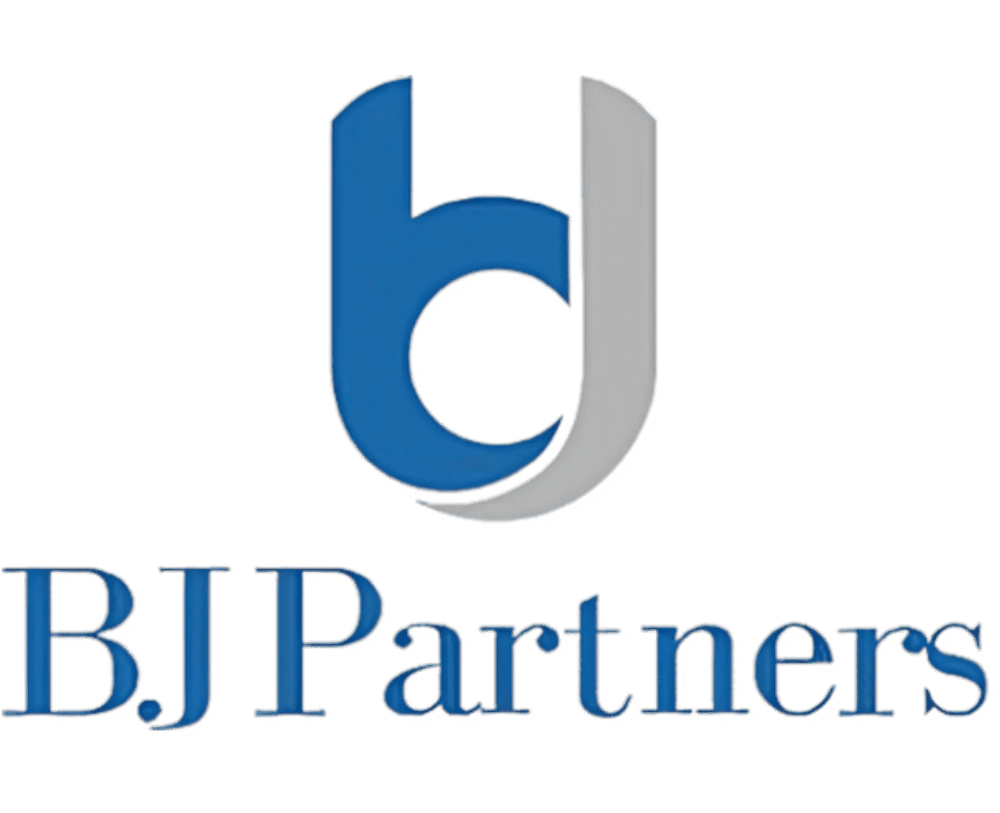Discover The Basics of Pay-Per-Click Advertising

Posted on April 16th, 2023.
Pay-Per-Click Advertising
Pay-per-click (PPC) digital marketing is an inspiring way for small businesses to increase their online presence and generate leads. PPC advertising allows businesses to target specific demographics, locations, and interests, and pay only for the clicks they receive. In this blog, we’ll discover the basics of PPC advertising and how small businesses can make the most of marketing strategy.
What is Pay-Per-Click Advertising?
Pay-per-click advertising is a type of impressive digital advertising where businesses pay each time someone clicks on one of their ads. These ads can appear on search engine results pages, social media platforms, or other websites that have partnered with an advertising network. When a user clicks on the ad, they are taken to the business’s website or landing page.
PPC advertising is different from other forms of digital advertising, such as display advertising, which charges businesses based on the number of impressions their ad receives. With PPC advertising, businesses only pay when someone clicks on their ad, which can lead to a higher return on investment (ROI) for their advertising spend.
Setting Up a PPC Campaign
To set up a PPC campaign, businesses need to choose a platform to advertise on, create an ad, and set a budget for their campaign. Some of the most popular platforms for PPC advertising include Google Ads, Facebook Ads, and LinkedIn Ads.
When creating an ad, businesses must consider their target audience, ad format, and ad copy. Ad formats can include text ads, image ads, or video ads, depending on the platform. Ad copy should be concise and compelling, with a clear call to action (CTA) that encourages users to click on the ad.
Once the ad is created, businesses must set a budget for their campaign. This can be done on a daily or monthly basis, and businesses can adjust their budget as needed. They can also set bidding strategies to ensure their ads are shown to the most relevant users within their target audience.
Maximizing the ROI of PPC Advertising
To maximize the ROI of PPC advertising, small businesses need to carefully target their audience, optimize their ad copy and landing pages, and track their results.
Targeting the right audience is key to a successful PPC campaign. Businesses should research their target audience’s demographics, interests, and behaviors, and use this information to create targeted campaigns. They can also use retargeting campaigns to reach users who have interacted with their website or ads.
Optimizing ad copy and landing pages can also improve the effectiveness of a PPC campaign. Ad copy should be compelling and relevant to the target audience, with a clear CTA. Landing pages should be optimized for conversions, with a clear offer and easy-to-use form or checkout process.
Finally, tracking the results of a PPC campaign can help businesses identify areas for improvement and adjust their strategy accordingly. Businesses should track metrics such as click-through rate (CTR), conversion rate, and cost per conversion to determine the ROI of their campaign.
Conclusion
PPC advertising is a powerful tool for small businesses looking to increase their online visibility and generate leads. By carefully targeting their audience, optimizing their ad copy and landing pages, and tracking their results, businesses can make the most of their PPC campaigns and achieve a higher ROI for their advertising spend.
Get in Touch
Position Your Brand To Prevail
With our expertise, we are able to help you create effective campaigns, reach your target audience, and maximize your ROI. Let us know how we can help you succeed in the digital space. Our team is here to answer any questions you may have. Fill out the form below and we will get back to you as soon as possible.
